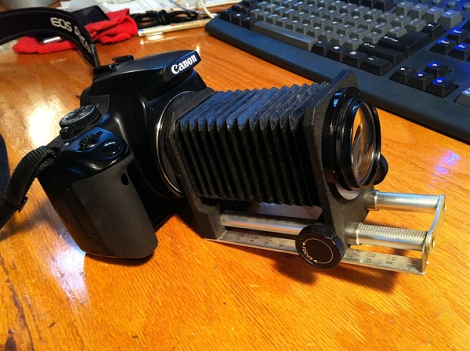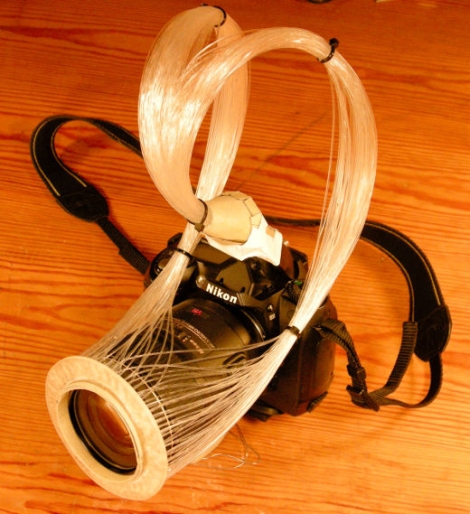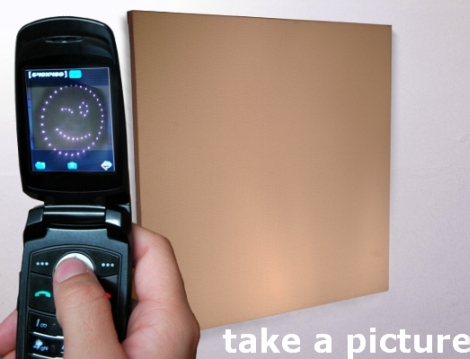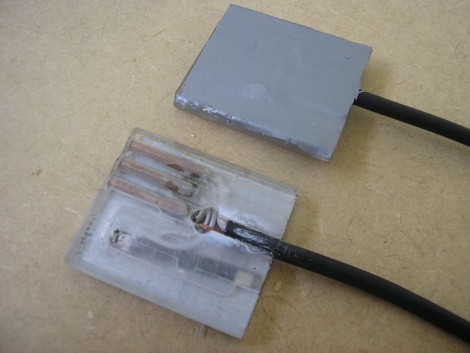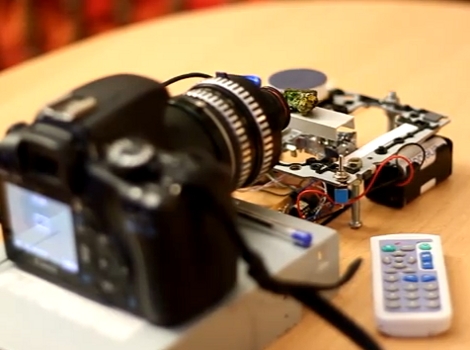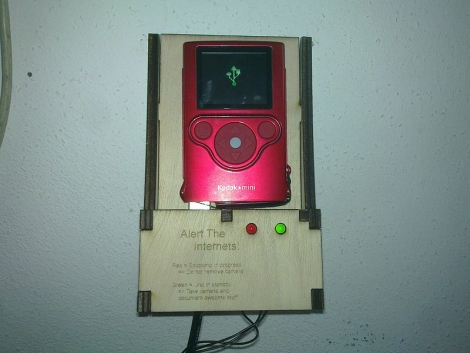
It seems like every hackerspace has their own means of communicating status messages to their members. The hackers at [MetaLab] in Vienna have put together a rather novel way (Google translation) of letting the world know they have completed a project. While some hackerspaces simply notify their members that they are open for business, this hack takes things a step further.
When a project is deemed complete, the camera is removed from the dock, and any number of videos can be recorded. When the camera is returned to the dock, a canned introduction video is added to the recordings, then everything is automatically uploaded to YouTube. No extra time is required, no video editing needs to be done – their work hits the Internet immediately once they have finished filming it.
It’s a great idea, and something that every hackerspace should have. It would be even better to see these things installed in public areas to allow for immediate reporting of events as they occur.
If you are so inclined, be sure to check out [MetaLab’s] YouTube channel.
[via Make]

